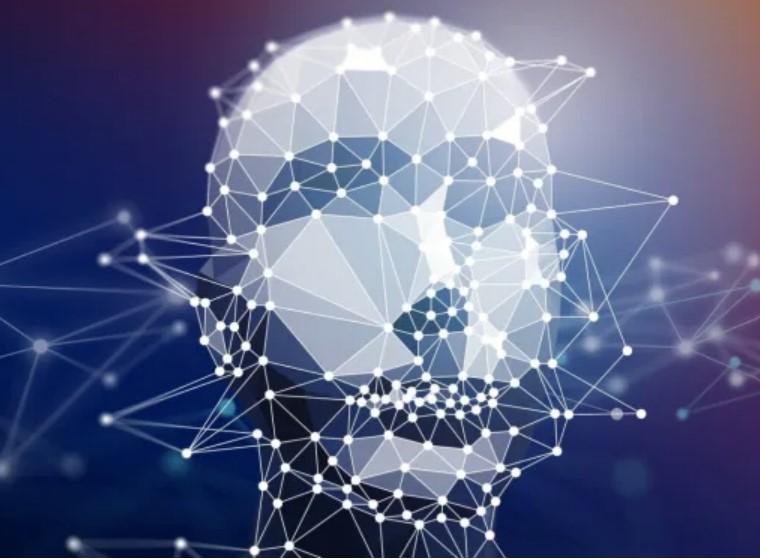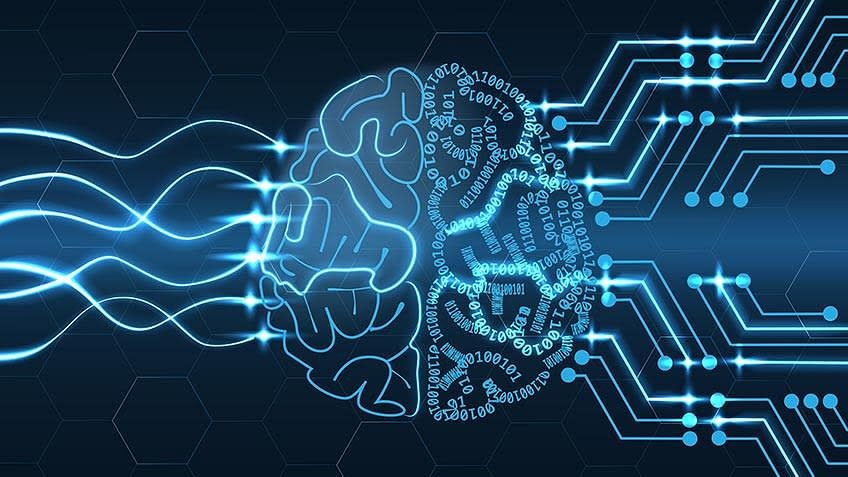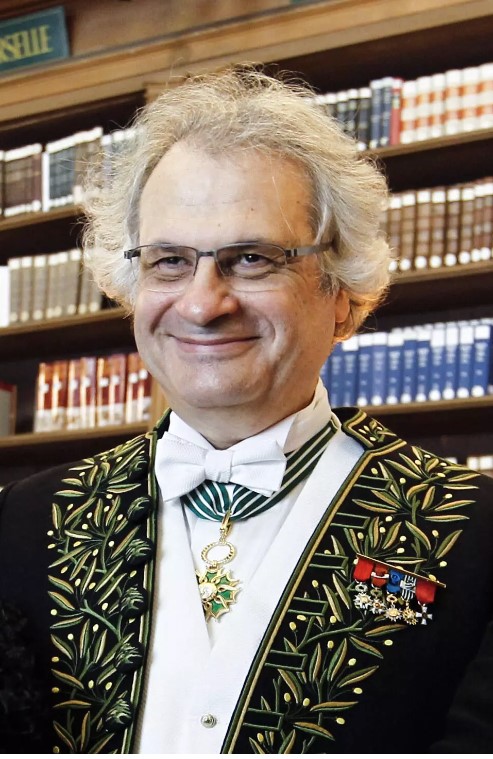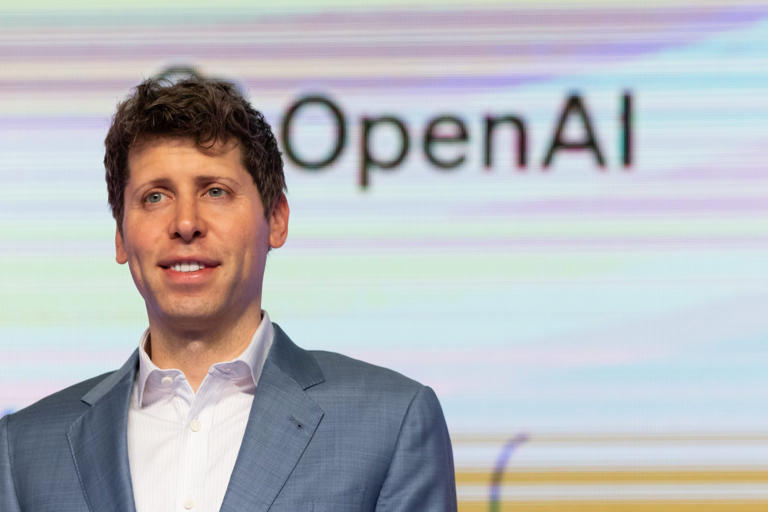
by venturebeat — Dean Takahashi –– Jetson made a splash unveiling its drone-like electric flying vehicle before and now the company has raised a $15 million seed round to help launch the Jetson One in 2024. The vehicle is an electric Vertical Takeoff and Landing (eVTOL) aircraft that will cost $98,000 and won’t require a pilot’s license to fly, said Rikard Steiber, an investor and senior board adviser in an interview with VentureBeat. That’s still expensive, but it’s another example of science fiction — notably from The Jetsons show in the 1960s — coming to life. “Humanity’s oldest dream has been to fly, and we dreamt about having superpowers and flying out and save the world,” Steiber said. We had the Wright Brothers more than 100 years ago, and Leonard da Vinci and even the myth of Icarus.” Other investors include rapper Will.i.am, who has ordered the first Jetson One off the assembly line, as well as board member Luca Spada.
The investment further positions Jetson as a frontrunner in the emerging field of urban air mobility. This kind of vehicle operates under a Class G license in unregulated air space. It is allowed to go no faster than 63 miles per hour and no higher than 1,500 feet off the ground, Steiber said. It has a flying time of about 20 minutes, which means it might be able to fly a range of 21 miles. Jetson One is categorized in the U.S. as an ultralight aircraft, which can only be flown during daylight in unregulated space. There are various applications, from emergency services to military uses, but the company is focuses on those who want to take the vehicle for short flights. It takes off vertically like a helicopter and lands the same way. It’s one meter wide and so you can fit it in the back of a truck. Other flying cars are more like air taxis and those require pilot’s licenses to fly. Tomasz Patan and Peter Ternström started Jetson in 2017 with the intention of making everyone a pilot. They scored huge hits on social media, garnering more than 48 million views on YouTube with help from comedian Stephen Colbert.
Flying a Jetson One.







